Note: This data is collected from the internet edition of a daily mail UK news paper and is presented here only for informative purpose.
A few of the home health tests you can do for various parts of the body, and the conditions they may point to.

Do the limbo to test your BACK
- by Mushtaque Ishaque, a consultant spinal surgeon at the Royal Orthopaedic Hospital, Birmingham.
To test for this, stand up straight, then lean backwards from the waist as far as you can as if doing the limbo. This will exacerbate any bone-on-bone contact and cause pain.
Other symptoms can include stiffness in the back when you get up in the morning, improving as the day progresses, and difficulty getting up from a chair.
Treatment would include an MRI scan to confirm diagnosis, then possibly steroid injections to reduce inflammation and physiotherapy.
In worst-case scenarios, surgery may also be necessary
Eat sweetcorn to test your GUT
To get an idea of your bowel transit time, eat some sweetcorn, as the body can’t digest the yellow outer shell of the kernels.
Then measure the time in between eating the corn and noticing it in your stools.
A transit time from 24 to 48 hours is normal — anything more than 72 hours is considered slow.
Generally, it’s nothing to worry about — times can be affected by many things other than illness, such as dehydration and even painkillers.
But if you’re worried and have other symptoms such as bleeding, weight loss or severe pain, visit your DR.


Take the stairs to test your LUNGS
The simplest way to gauge the health of your lungs is to walk briskly for two minutes while chatting to a friend — or call a friend on a mobile phone and talk to them while you’re walking up and down the stairs.
If you find yourself breathless — meaning your breathing becomes fast or uncomfortable — or wheezing, you need to go to see your DR.
Exercise forces the lungs to work harder, requiring deeper and faster breathing, because the body requires more oxygen during this time.
Use a piece of paper to test your HORMONES
Trembling or shaky hands can be a sign of an overactive thyroid gland or hyperthyroidism — particularly if you’re a woman (who are ten times more likely than men to have an over-active thyroid) and aged between 20 and 40.
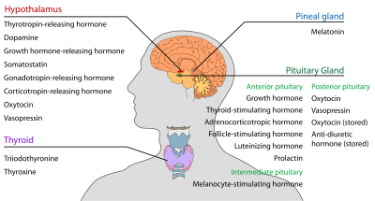
The gland produces too much thyroxine — thyroid hormone — causing all
the body’s functions to go into hyperdrive, leading to a racing pulse
and twitchy muscles, as well as possibly unexplained weight loss,
anxiety, mood swings and difficulty in sleeping.
To test for this, stretch out your hand, palm down, and place an A4 piece of paper on top of it. A visible wobbling of the paper could point to hyperthyroidism.
Fortunately, after diagnosis with a blood test of an over-active thyroid, medication can stop your gland producing excess thyroxine.
To test for this, stretch out your hand, palm down, and place an A4 piece of paper on top of it. A visible wobbling of the paper could point to hyperthyroidism.
Fortunately, after diagnosis with a blood test of an over-active thyroid, medication can stop your gland producing excess thyroxine.
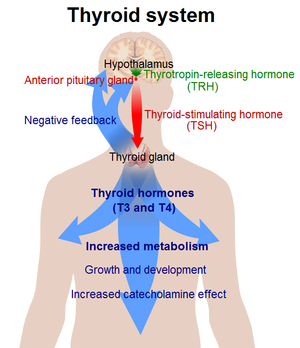
Tap your ankle to test your THYROID
Hypothyroidism, when the body isn’t producing enough thyroxine, slows the metabolism, including reflexes.
One way to check for this condition, which affects 15 in 1,000 women (usually over the age of 50), and one in 1,000 men, is the ankle-jerk reflex.
Cross one leg over the other, so the calf is resting on the opposite knee. Extend the foot slightly and look for the Achilles tendon — this is the thick, springy tissue just above the heel. Sharply tap it with a spoon.
The ankle usually reflexes immediately — but if there’s a delayed response or the foot returns to the first position slowly, you may have hypo- thyroidism
Touch your nose to test your BRAIN
Testing your co-ordination can provide a pointer for conditions such as multiple sclerosis or even stroke.
MS affects nerve cells in the cerebellum — an area of the brain responsible for depth perception, co-ordination and balance.
If damaged, our ability to control these activities deteriorates.

To check your co-ordination, sit in front of a friend and get them to move their finger (always within arm’s reach of yours) a few inches to the left, a few inches to the right and backwards and forwards.
Each time it moves, touch your friend’s finger, then touch your nose. Damage to the cerebellum can lead you to miss your friend’s finger. This can also occur as a result of a stroke.
The chance of it being a serious neurological condition is unlikely — alcohol, for instance, also temporarily affects this part of the brain — but, nevertheless, you should get things checked out by your DR.
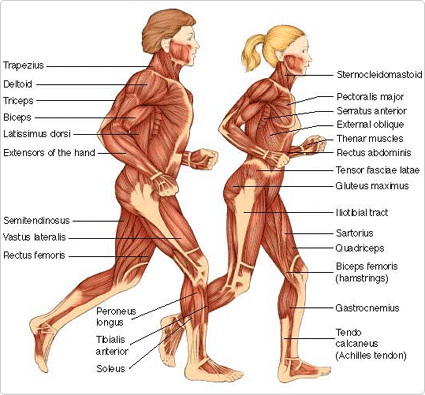
Lift up your legs to test your ARTERIES
Though most people think of furred-up arteries affecting the heart, the rest of the body can suffer, including the legs (where it’s known as peripheral arterial disease, leading to restricted blood flow).
Untreated, this can cause serious complications such as non-healing leg ulcers — even gangrene.
Checking for a poor supply of blood to the legs is relatively straight- forward Known as Buerger’s test, it involves lying down on a bed and elevating both legs to a 45-degree angle before holding them there for two minutes.
If one or both feet become very pale, this may indicate poor blood flow due to blocked arteries.
Now move quickly to hanging your legs down over the side of the bed at 90 degrees.
In this case gravity should help blood return quickly, but in affected legs the skin will take longer to return to a normal pink colour and will also become bright red.
This is because the feet have been so starved of blood when elevated that extra blood rushes into them. Other signs of arterial disease include not being able to walk as far as you used to, numbness of the feet at night and wounds not healing quickly.
Listen to a watch to test your HEARING
A quick way to test your hearing is to grab a wristwatch with a second hand and go into a silent room.
Put your finger in one ear and hold the watch next to the other before gradually moving it away; you should still be able to hear the ticking from one hand’s length away.

If you don’t have a suitable wristwatch, ask a friend to whisper loudly - in this case, you should be able to hear them a foot away.
Any concerns and you should go to the doctor
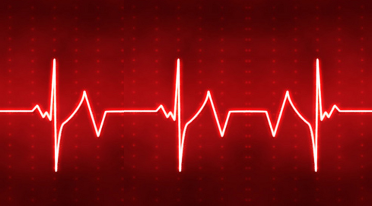
Tap your foot to test your HEARTBEAT
An irregular heartbeat — known as atrial fibrillation — means you are five times more likely to have a stroke.
It occurs when abnormal electrical impulses start firing. ‘To check for it, test the rhythm of your heartbeat.
Hold out one of your hands, with the palm facing upwards, then put the index and middle finger of your other hand on the inside of your wrist, at the base of your thumb.
Press down lightly — then tap out the rhythm of your pulse with your foot for one minute.
If you’re tapping regularly, like a clock ticking, it’s OK. Uneven and you should visit your GP, who may use an ECG (a machine to test the heart’s electrical activity).
If you do have atrial fibrillation, they may prescribe medication, such as warfarin, to thin the blood,
Atrial fibrillation affects around 6 to 7 per cent of people over the age of 75 — so if you’re in that higher-risk group or suffering other symptoms, such as breathlessness or palpitations, do this test every three months.
Photograph moles to test for CANCER
We ALL know to monitor changes in our moles for malignant melanoma, the most serious skin cancer, but remembering how they looked six months ago is impossible.
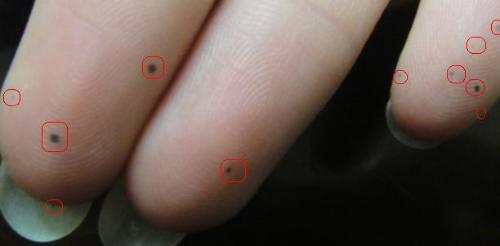
Once your DR has given any moles that concern you the once-over, grab a digital camera and take a photograph of the mole; preferably with a ruler alongside it.
Download the picture on to your computer, noting the date, and repeat the process six months later.’
By comparing pictures you’ll instantly be able to tell if there’s been a change.
HAVE A HEALTHY LIFE.. Thank you. www.rentapalla.com